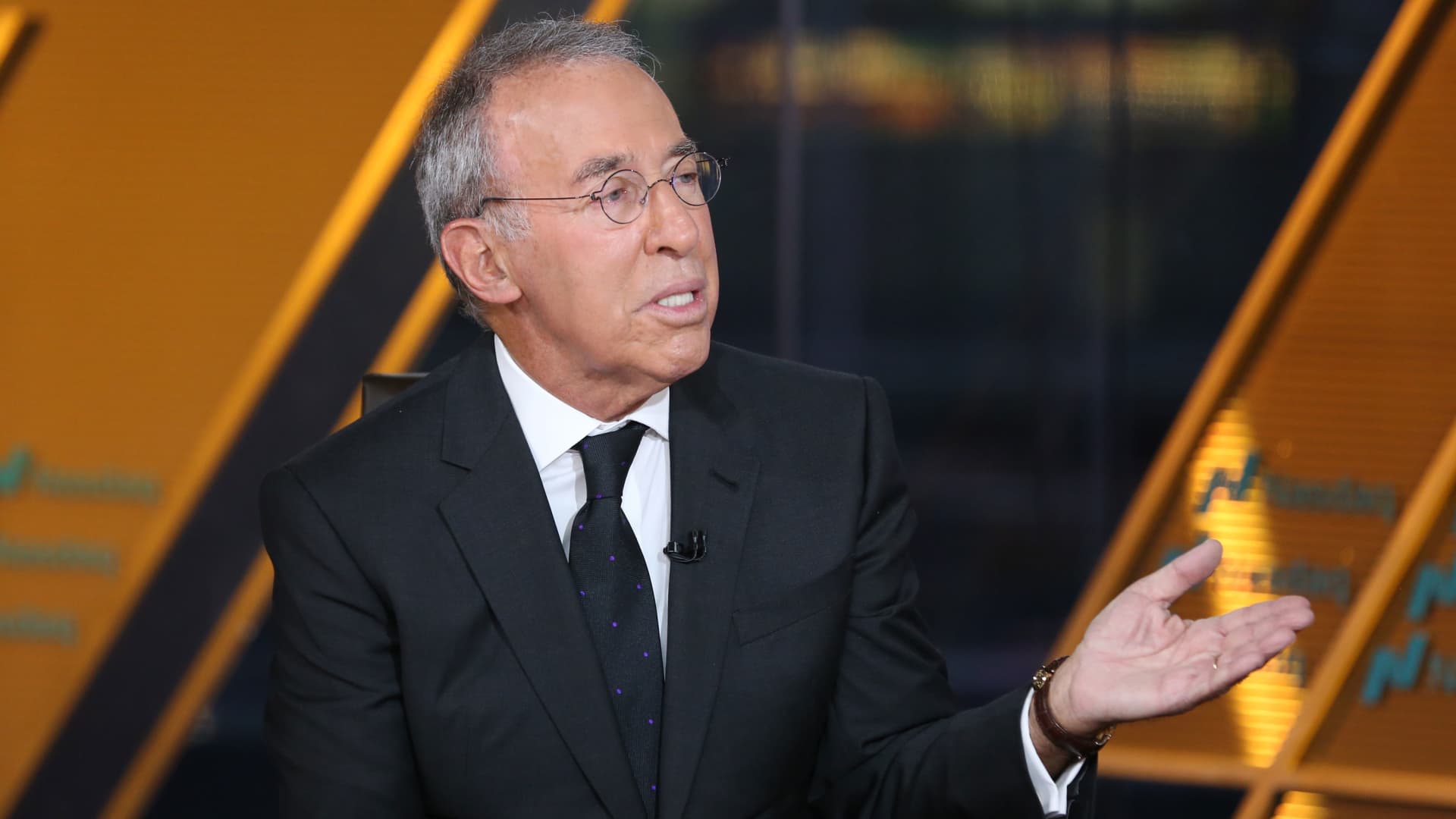FedEx Corp. (NYSE: FDX) is restructuring its delivery network to boost operational efficiency and drive long-term profitability. As it gears up to release first-quarter results, investors are closely watching the progress on the company’s network integration strategy and cost-reduction program.
The Stock
The stock has traded mostly sideways over the past six months, consistently remaining below its 12-month average of $249.60. Recently, FedEx increased its annual dividend by 5%, marking the fifth consecutive year of dividend growth. It continues to offer a bigger-than-average dividend yield. The company’s strategic consolidation, combined with its attractive valuation, positions the stock as a compelling investment opportunity.
The cargo firm is expected to publish its first-quarter 2026 earnings report on Thursday, September 18, at 4:00 pm ET. On average, analysts following the company forecast adjusted earnings of $3.66 per share for the August quarter, on revenues of $21.71 billion. In the comparable quarter of fiscal 2025, it posted earnings of $3.60 per share and revenues of $21.58 billion.
Estimates
The FedEx leadership in a recent statement said it expects first-quarter 2026 revenue to be flat to up 2% year-over-year. Earnings per share are expected to be in the range of $2.90 to $3.50, and adjusted earnings per share between $3.40 and $4.00 for Q1. For FY26, the company targets permanent cost reductions of $1 billion from the Network 2.0 transformation – a multi-year initiative to integrate the Express and Ground pickup and delivery networks – and the DRIVE program, which was launched two years ago for improving long-term profitability through cost reduction.
Last year, FedEx reduced capital expenditures by more than $1 billion. The capex target for FY26 is around $4.5 billion, of which $700 million will be used for Network 2.0 investment. It plans to further reduce aircraft capex to around $1 billion this year, and to maintain that level for the next several years. According to the management, FedEx has achieved its structural cost-reduction targets for FY25, despite the challenging business environment.
Meanwhile, the company’s international business faces pressure from new trade tariffs, particularly in the Asia-to-US lane. Following the import restrictions, there has been a significant decline in China-to-US volumes, and the downtrend continued in the final months of fiscal 2025.
“We continue to prioritize investments that support increasing efficiency and reducing our cost to serve as opposed to capacity expansion. This capital spending approach signals an inflection in the life of our business as we can now further reap the benefits of our global network and seek to increase stockholder returns and improve ROIC in the years ahead. And we’re translating our adjusted free cash flow at parity into stockholder returns,” FedEx CEO John Dietrich said in the Q4 2025 earnings call.
Q4 Outcome
In the fourth quarter of FY25, FedEx’s earnings, on an adjusted basis, increased to $6.07 per share from $5.41 per share in the year-ago quarter. Unadjusted net income was $1.65 billion or $6.88 per share, compared to $1.47 billion or $5.94 per share last year. Revenues remained broadly unchanged at $22.2 billion in the fourth quarter. The results beat analysts’ estimates.
FedEx’s stock has declined about 20% so far in 2025, underperforming the S&P 500 index. The shares traded slightly lower on Wednesday afternoon.


























